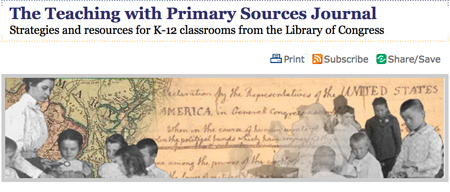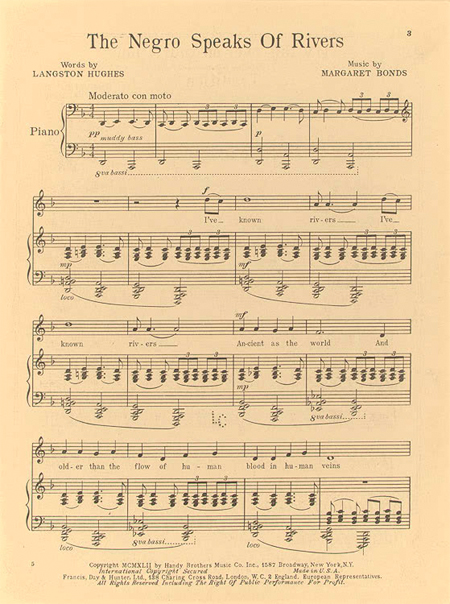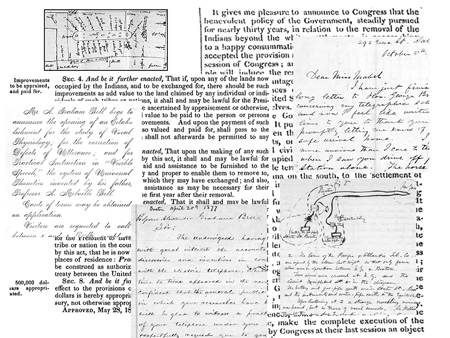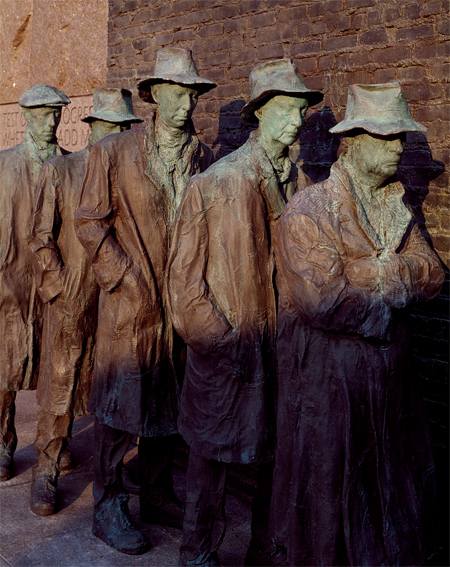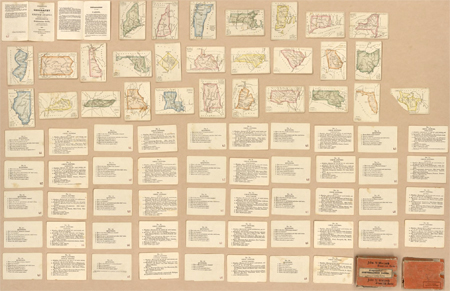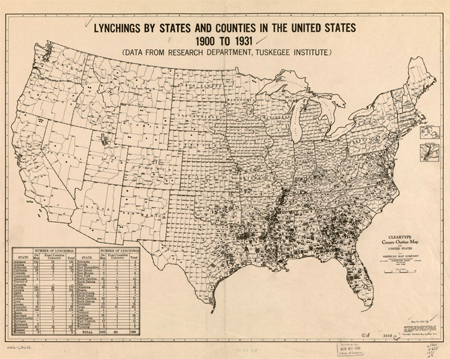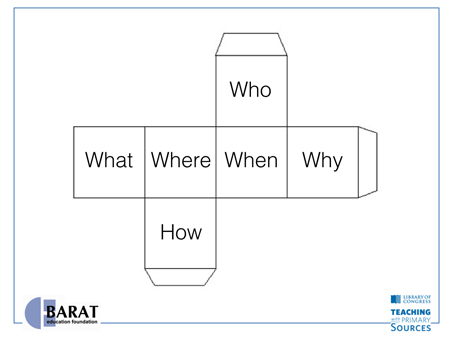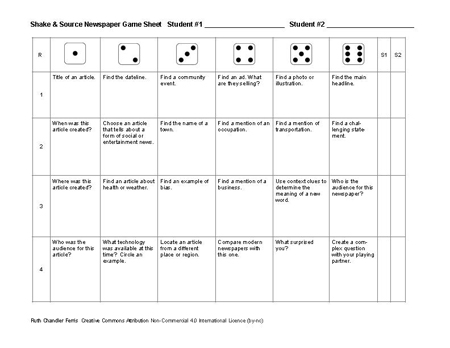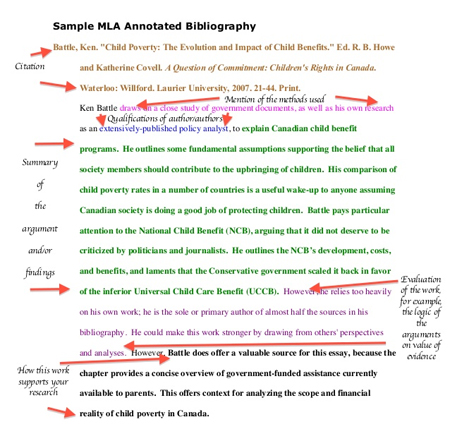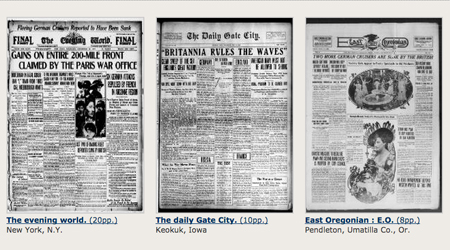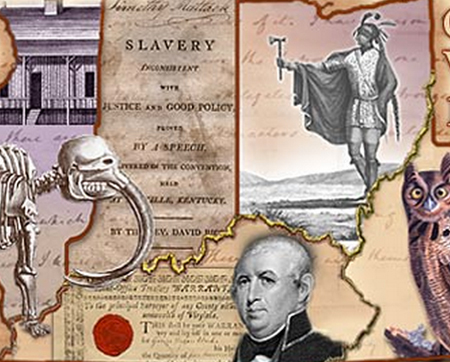Finding Resources: TPS Journal
Dig deep into a variety of teaching with primary sources topics. The TPS Journal, formerly titled the TPS Quarterly, is an online, peer-reviewed publication focused on pedagogical approaches to teaching with Library of Congress digitized primary sources in K-12 classrooms. Each issue provides sections related to the issue’s thematic focus: a feature article, an elementary primary source activity, a…

